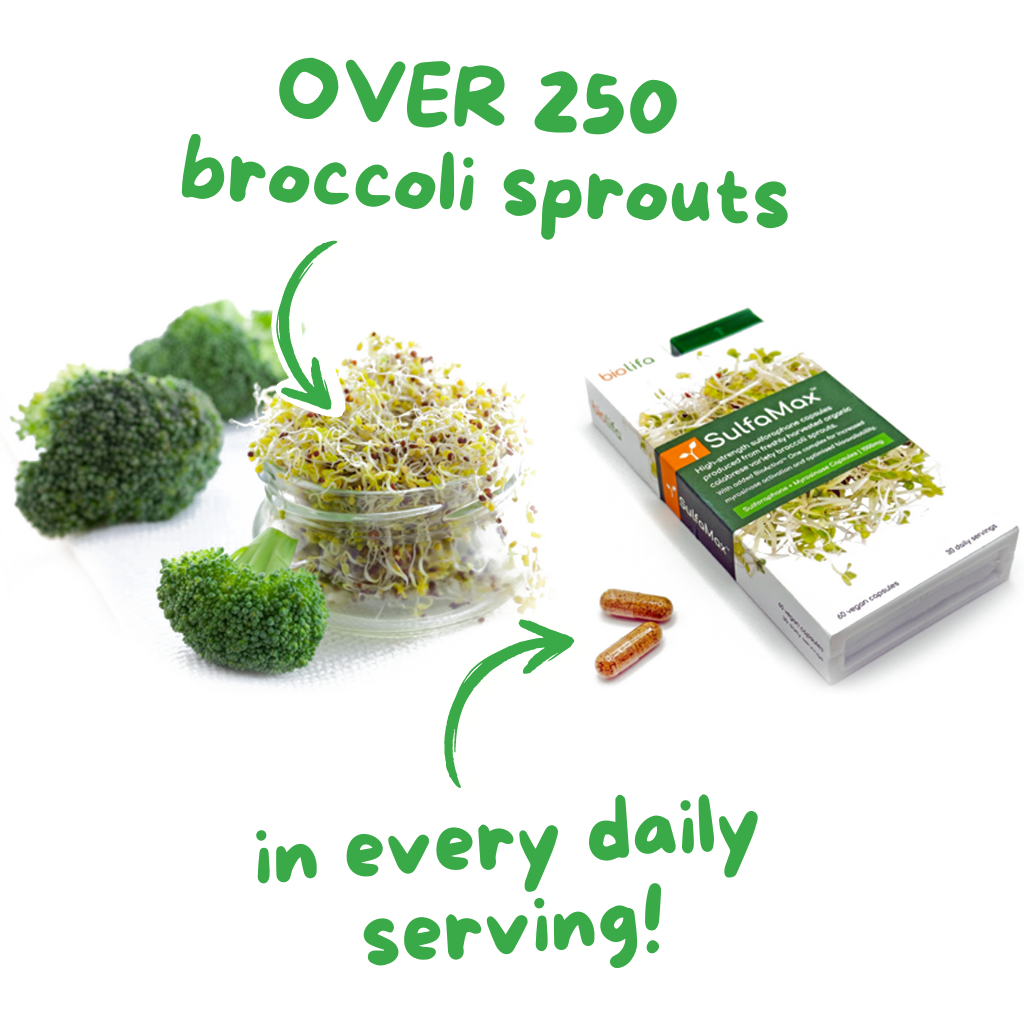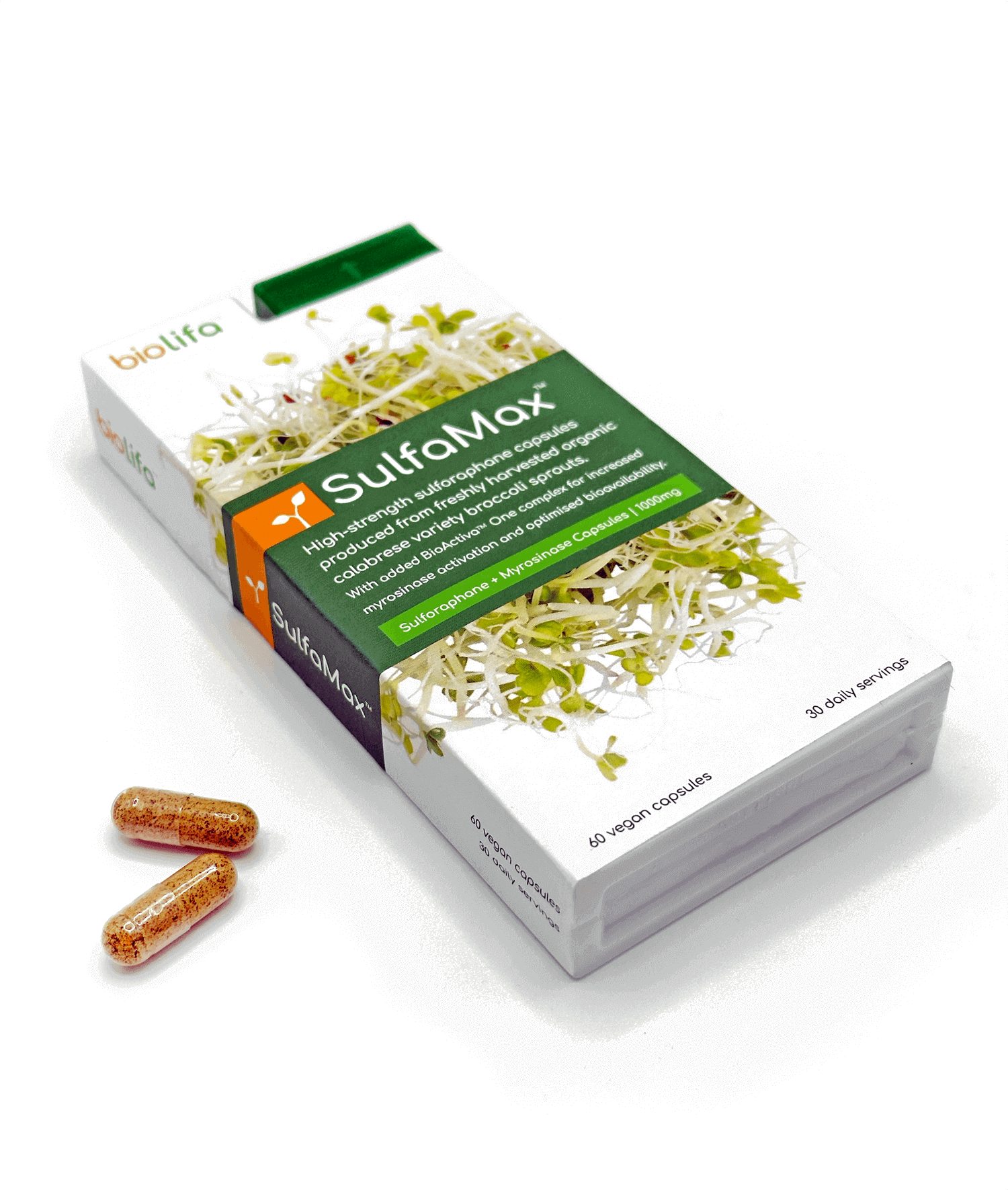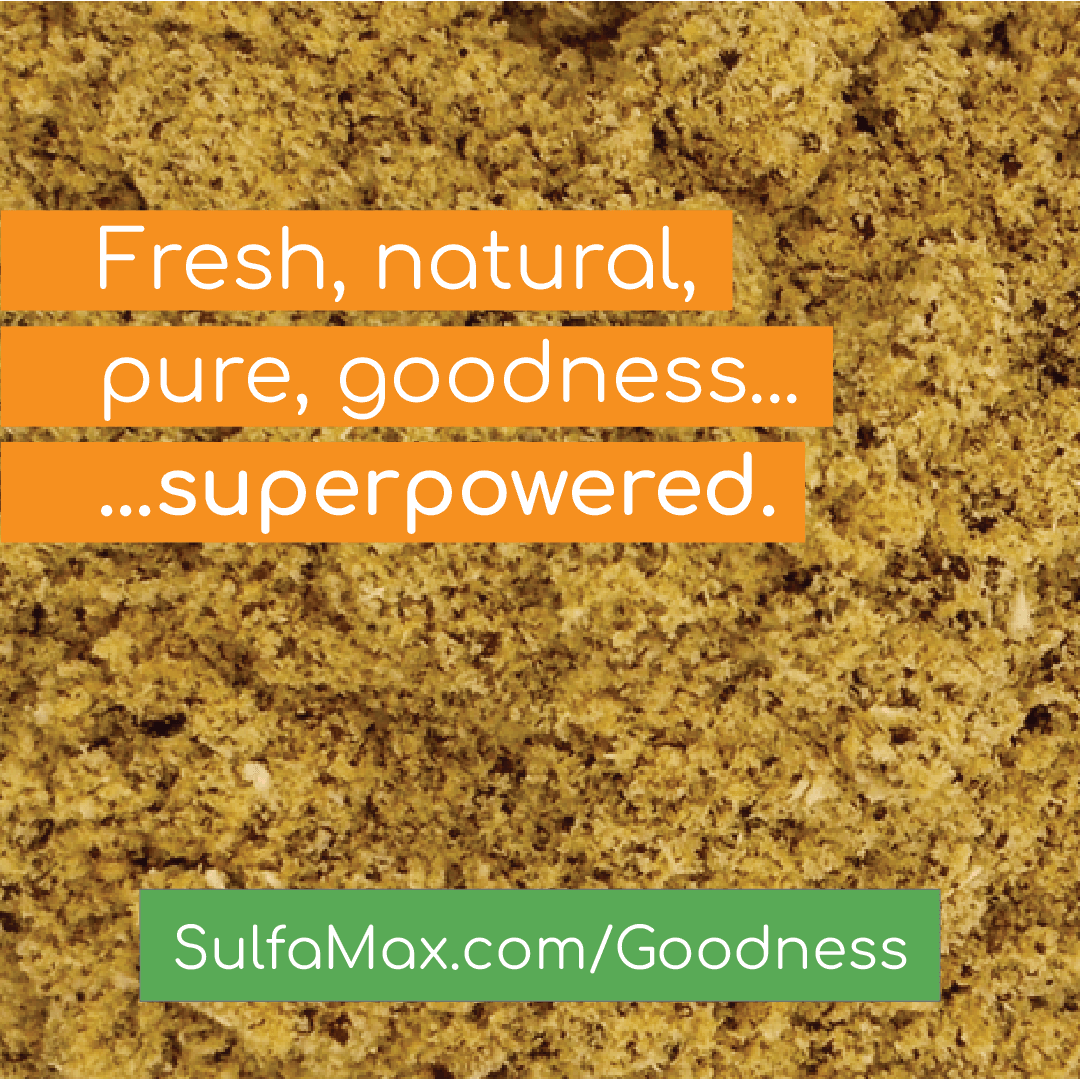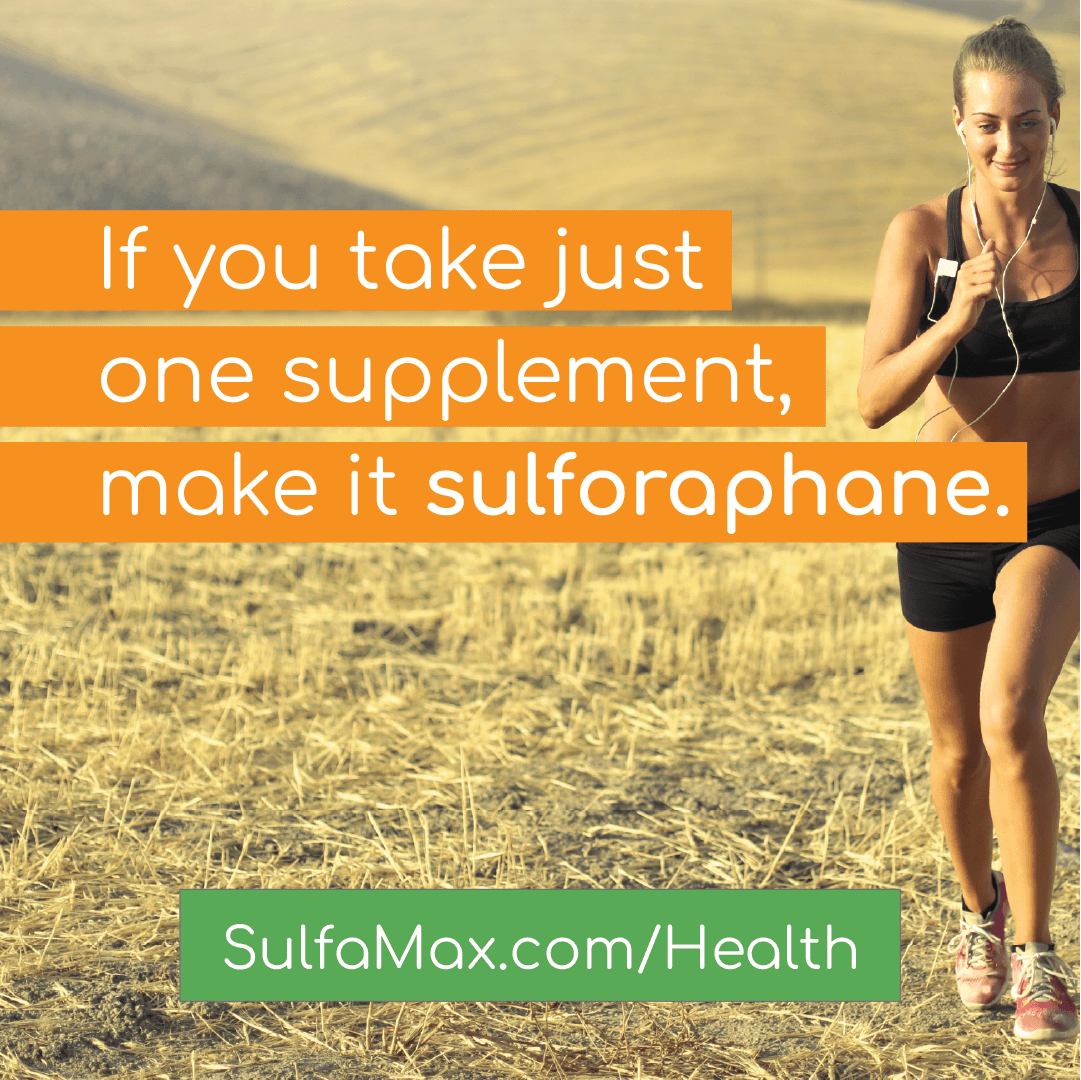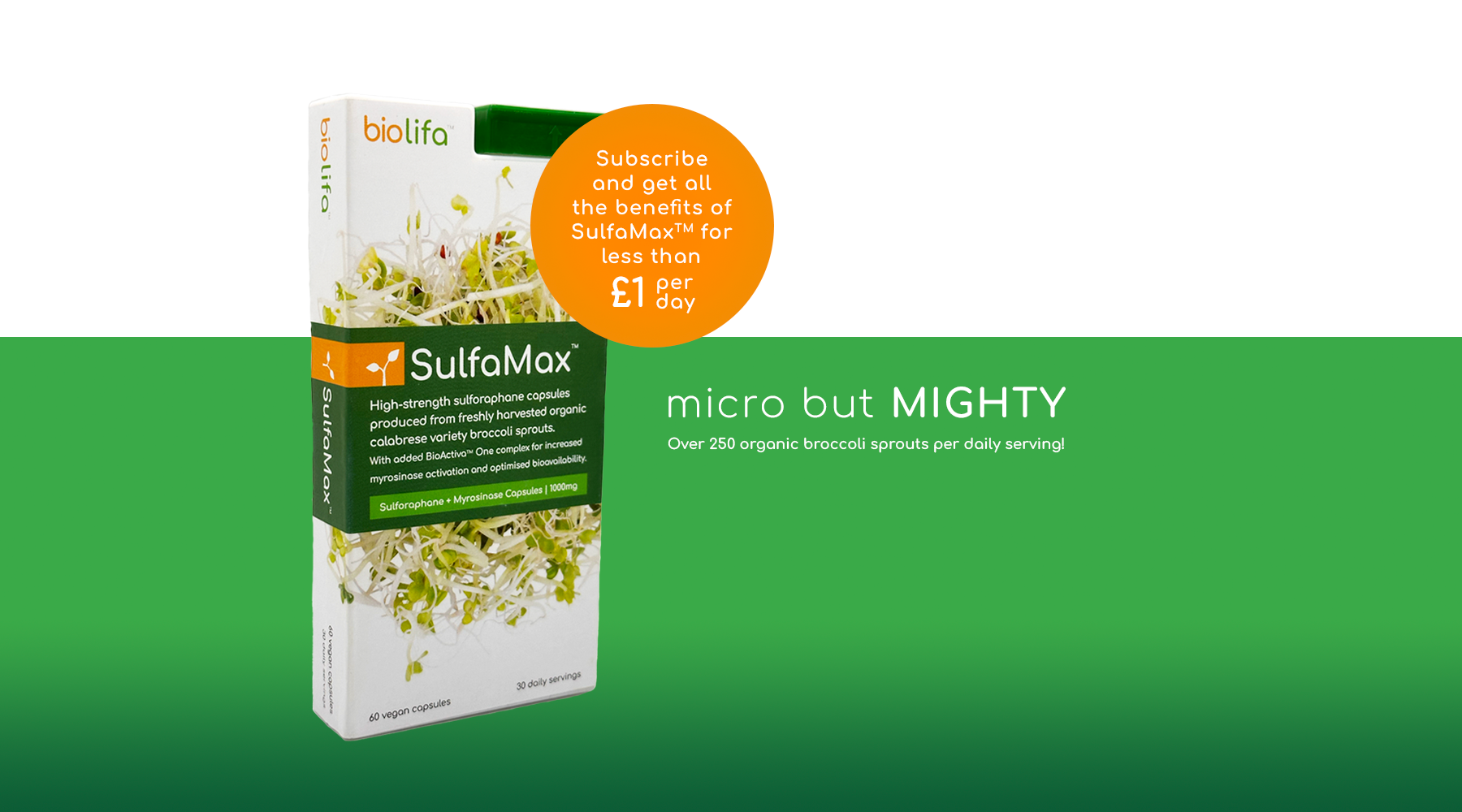Accelerating Recovery: The Role of Sulforaphane in Reducing Workout Recovery Time through Nrf2 Activation for Increased ATP Production
Recovery is an essential aspect of any fitness routine as it allows the body to repair and rebuild after intense workouts. While rest and nutrition are key factors, recent research has highlighted the potential of sulforaphane—a naturally occurring compound found in cruciferous vegetables—in reducing workout recovery time. In this article, we will explore how sulforaphane activates the Nrf2 pathway, leading to increased ATP (Adenosine Triphosphate) production and faster recovery.
Understanding Workout Recovery and ATP
Workout recovery involves the restoration of various physiological processes and the repair of damaged tissues. One crucial aspect is the replenishment of ATP, the primary energy source for cellular function. ATP provides the necessary energy for muscle contraction, protein synthesis, and overall cellular metabolism.
Activating the Nrf2 Pathway with Sulforaphane
Sulforaphane has demonstrated the ability to activate the Nrf2 (nuclear factor erythroid 2-related factor 2) pathway—a vital cellular defence mechanism involved in antioxidant and detoxification responses.
Here's how sulforaphane aids in reducing workout recovery time through Nrf2 activation:
- Enhanced Antioxidant Defence: Sulforaphane activates the Nrf2 pathway, leading to increased production of antioxidant enzymes. By reducing oxidative stress and neutralising free radicals, sulforaphane protects cells from exercise-induced damage, promoting faster recovery.
- Increased ATP Production: Nrf2 activation by sulforaphane stimulates the expression of genes involved in mitochondrial biogenesis and energy metabolism. This results in increased ATP production, providing the necessary energy for cellular repair and regeneration during the recovery phase.
- Improved Cellular Detoxification: Sulforaphane, through Nrf2 activation, enhances cellular detoxification mechanisms. This promotes the removal of metabolic waste products and toxins accumulated during exercise, facilitating a more efficient recovery process.
Boosting ATP Production with Sulforaphane
In addition to activating the Nrf2 pathway, sulforaphane directly influences ATP production, contributing to faster recovery:
- Mitochondrial Biogenesis: Sulforaphane has been shown to promote the biogenesis of new mitochondria within cells. As mitochondria are the primary sites of ATP production, increased mitochondrial density leads to enhanced ATP synthesis, expediting recovery after intense workouts.
- Improved Glycolysis and Oxidative Phosphorylation: Sulforaphane has been found to optimise energy metabolism pathways such as glycolysis and oxidative phosphorylation. These processes contribute to ATP production through the breakdown of glucose and fatty acids. By improving the efficiency of these pathways, sulforaphane increases ATP availability for enhanced recovery.
- Muscle Protein Synthesis: Sulforaphane has been shown to stimulate muscle protein synthesis—the process by which new muscle proteins are built. By facilitating protein synthesis, sulforaphane supports muscle repair and growth, reducing recovery time between workouts.
Evidence from Studies
Several studies have explored the effects of sulforaphane on recovery and ATP production. A study published in Free Radical Biology and Medicine found that sulforaphane supplementation increased the expression of genes involved in antioxidant defence and ATP production in human skeletal muscle cells.
Another study published in the Journal of Applied Physiology demonstrated that sulforaphane supplementation enhanced muscle recovery and reduced markers of muscle damage in trained athletes. These findings suggest that sulforaphane holds promise in promoting faster recovery through increased ATP production.
Incorporating Sulforaphane for Faster Recovery
To harness the benefits of sulforaphane for reducing workout recovery time, include sulforaphane-rich foods in your diet. Cruciferous vegetables such as broccoli, cauliflower, Brussels sprouts, and kale are excellent sources of sulforaphane. Aim to incorporate these vegetables into your meals regularly, whether cooked or eaten raw, to maximise sulforaphane content.
Supplements containing sulforaphane are also available, offering a convenient option for those looking to enhance their intake. However, it is important to choose reputable brands and consult with a healthcare professional before starting any supplementation regimen.
Combine sulforaphane-rich foods or supplements with a well-rounded recovery strategy that includes adequate rest, hydration, and nutrition to optimise recovery time between workouts.
Conclusion
Sulforaphane, through its activation of the Nrf2 pathway and stimulation of ATP production, shows promise in reducing workout recovery time. By enhancing antioxidant defence, increasing ATP availability, and promoting cellular detoxification, sulforaphane accelerates the recovery process, enabling individuals to bounce back faster and perform at their best.
Incorporating sulforaphane-rich foods and considering sulforaphane supplementation, alongside a comprehensive recovery plan, may provide an additional edge in your fitness journey. Embrace the potential of sulforaphane as a natural ally in reducing recovery time, helping you reach your fitness goals more efficiently.
References:
- Kim JH, et al. (2020). Sulforaphane improves redox homeostasis through Nrf2 activation for the protection against cadmium-induced liver injury in vitro and in vivo. Free Radic Biol Med. 152:728-742.
- Sanlier N, et al. (2021). Cruciferous vegetables and health. Crit Rev Food Sci Nutr. 61(5):737-747.
- Tarozzi A, et al. (2013). Sulforaphane as an inducer of glutathione prevents oxidative stress-induced cell death in a dopaminergic-like neuroblastoma cell line. J Neurochem. 126(1):97-105.
- Wang Y, et al. (2019). Sulforaphane protects against cadmium-induced nephrotoxicity through activation of the Nrf2/ARE pathway and autophagy in vivo and in vitro. Toxicol Lett. 312:65-79.
